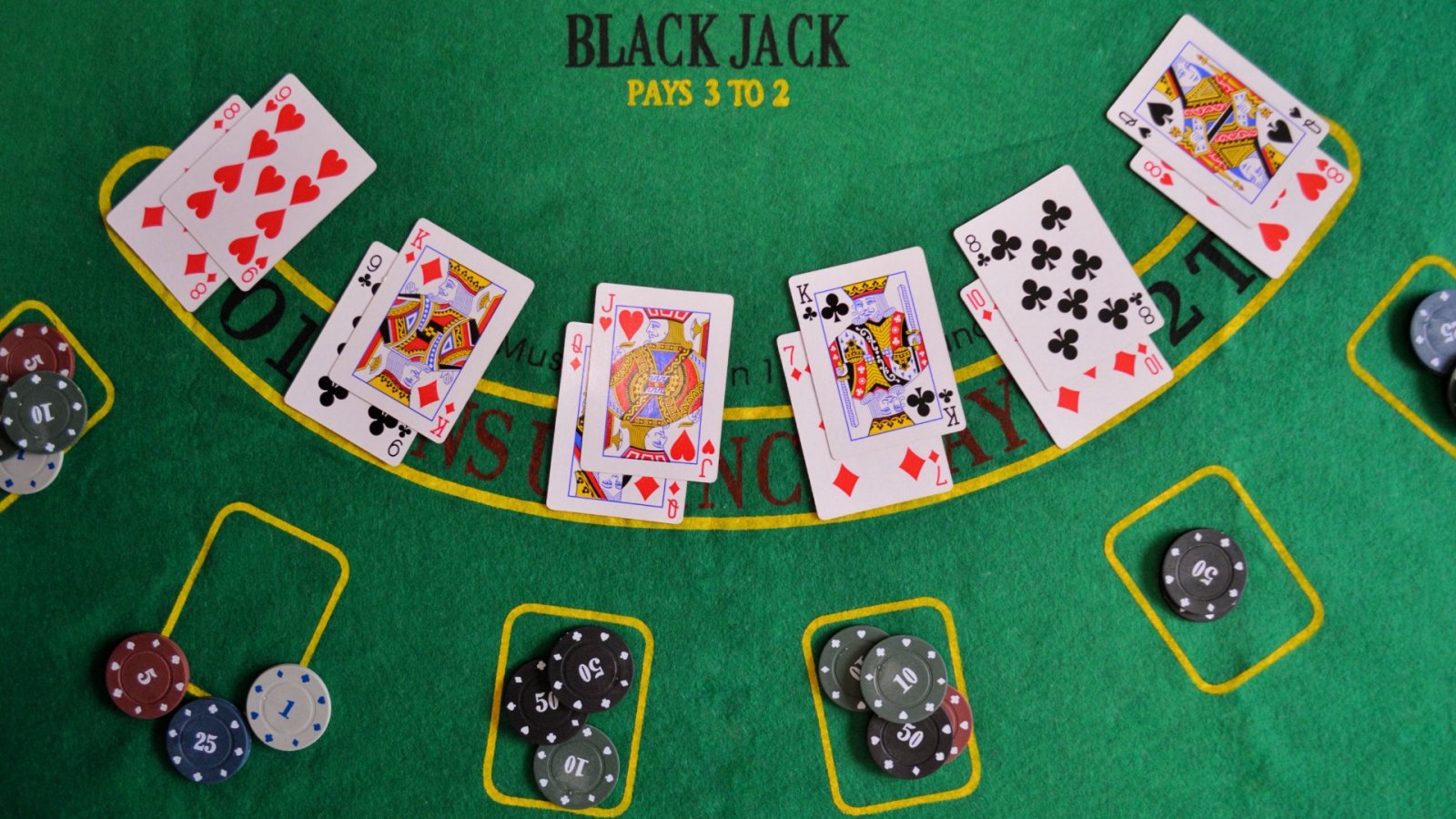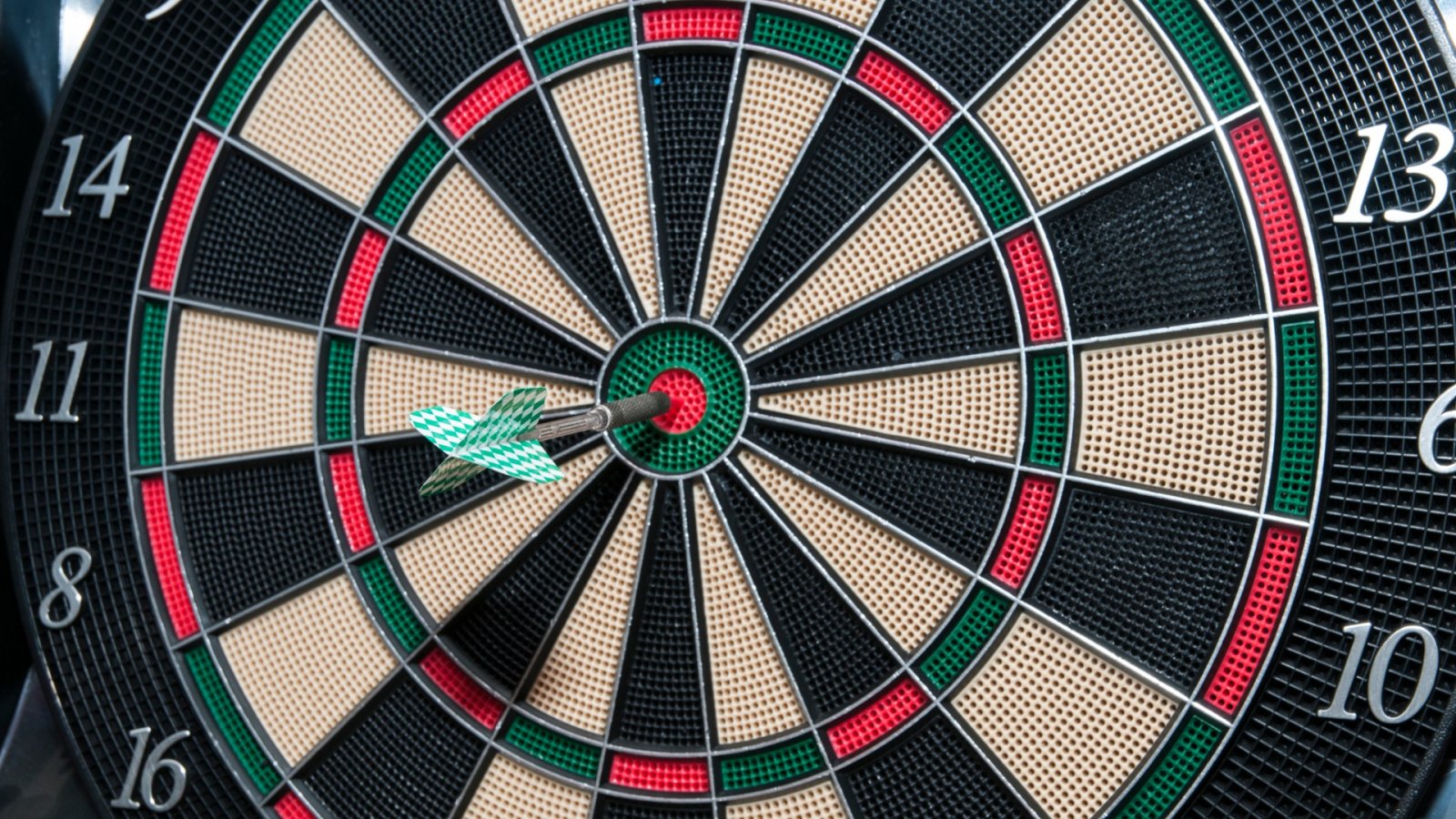Pikado doživljava veliki rast popularnosti. Kao čitatelj zainteresiran za više informacija o igri, vi ste dio onoga što potiče ovaj uzlazni trend. Ovdje u IgnatGamesu ne samo da prodajemo kvalitetnu opremu za pikado, već i sami uživamo redovito igrati. Naša zajednička strast prema pikadu razlog je zašto smo posvećeni povećanju našeg znanja i pomaganju drugima da nauče više o sportu.
Kroz naše istraživanje, otkrili smo neke fascinantne uvide u povijest i kulturu pikada. Uzbuđeni smo podijeliti 7 zanimljivih činjenica u nastavku koje bacaju novo svjetlo na igru.
1. Materijali korišteni za izradu ranih dasaka za pikado značajno su se razlikovali od današnjih uobičajenih ploča od sisala i čekinja. Prije više od jednog stoljeća, kada se pikado prvi put razvio kao organizirana zabava, neke od prvih pikado dasaka bile su improvizirane korištenjem čvrsto vezanih snopova užeta koji su stvarali ciljnu površinu sličnog oblika, ako ne i materijala, standardiziranim daskama koje su sada u širokoj upotrebi. Tek nakon mnogo neformalnog eksperimentiranja sisal i čekinja postali su glavni materijali za moderne pikado ploče.
2. Podrijetlo pikada seže do društvene atmosfere engleskih pubova, gdje bi gosti koji su provodili vrijeme s prijateljima ležerno bacali predmete na improvizirane mete. Kako su se neformalne igre razvile u ozbiljna natjecanja između vještih sportaša, početkom 20. stoljeća počela se razvijati organizirana infrastruktura. Lige su formalizirale pravila i strukturu igre, pretvarajući pikado iz ležerne zabave u poštenu sportsku zabavu. Danas je pikado jedan od najranijih primjera koordiniranog igranja u čovječanstvu, čiji korijeni sežu mnogo prije nego što je počela poprimati oblik moderna koncepcija profesionalne atletike. Njegova povijest zajedničkog društvenog angažmana koja razvija inovativne natjecateljske formate učvrstila je pikado kao slavnu tradiciju.
3. Dok natjecateljski pikado uživa upravljanje kroz regulatorna tijela kao što je danas Svjetska pikado federacija, formalni nadzor i administracija igre ima bogatu povijest koja obuhvaća gotovo stoljeće. Jedan od najranijih primjera bilo je osnivanje Nacionalnog pikado saveza u Engleskoj 1925. godine. Ova inauguralna regulatorna skupina pomogla je profesionalizaciji igre uspostavljanjem standardiziranih pravila i organizacijskih struktura za natjecanja visoke razine. Gotovo 100 godina nakon toga, tradicija dobro definirane administracije koja vodi pikado kao ozbiljan sport nastavlja se diljem svijeta. Moderne federacije poput WDF-a podržavaju nasljeđe onih pionira koji su prvi prepoznali pikado i zahtijevala posvećena koordinacijska tijela za njegovanje mogućnosti za sportaše i navijače na međunarodnoj razini.
4. Iako možda nije poznato ime među povremenim obožavateljima, doprinos Briana Gamlina pikadu se ne može precijeniti. Ovaj vješti engleski stolar, potezom inovativnog dizajna, učinkovito je kodificirao modernu igru. Gamlin je bio odgovoran za osmišljavanje sveprisutnog sustava bodovanja numeriranih segmenata koji se još uvijek koristi na pikado pločama diljem svijeta. Njegov revolucionarni koncept numeriranja omogućio je igračima numeričku usporedbu i strategiju svoje točnosti u bacanju - razvoj koji je profesionalizirao natjecanje i uzdigao pikado iz ležerne zabave.
5. Među onima koji su zacementirali svoje nasljeđe u povijesti pikada je John Lowe, koji je postigao dosad neostvareni podvig savršenog završetka s 9 strelica. Tijekom televizijskog prijenosa BDO World Matchplay Championshipa 1984., Lowe je urezao svoje ime u knjige rekorda postavši prvi igrač koji je završio 501 checkout bez potrebe za dodatnim pikadom. Njegova sekvenca je vidjela Lowea koji je postigao 6 uzastopnih trostrukih udaraca u 20 segmenata, nakon čega je uslijedio jedan visoki na 17, dvostruki na 18 i konačno završio na još jednom visokom udaru 18 - neviđeni prikaz vještine, preciznosti i mentalne snage pod golemim pritiskom.
6. Dok moderni igrači pikada danas uživaju u širokom nizu opcija letenja izrađenih od lagane plastike, pomoćne komponente koje stabiliziraju uzorak leta pikada značajno su evoluirale od svog izvornog oblika. Prije naprednih materijala, perje s purećih krila služilo je kao prva letvica pričvršćena na drške strelica. Budući da su te prirodne perje nastale prije pojave plastike, rani konkurenti vjerojatno su podrezivali i oblikovali pureće perje kako bi postigli dosljednu aerodinamičku ravnotežu.
7. U tijeku je rasprava o tome zaslužuje li pikado klasificirati kao pravi sport ili ga je bolje kategorizirati kao neformalnu zabavu. Skeptici ukazuju na njegove korijene u ležernoj igri u pubu koja nije zahtijevala opsežnu obuku ili fizičku snagu. Međutim, s porastom upravnih tijela poput WDF-a koja organiziraju natjecanja visoke razine i profesionalnih sportaša koji zarađuju za život natječući se na vrhunskim stazama, pikado je sve više demonstrirao organizaciju sportske razine i ozbiljnost igre. Status mu je potvrđen 2005. godine kada je Sports England, nacionalna agencija odgovorna za politiku rekreacije, formalno priznala pikado kao regulirani sport.






